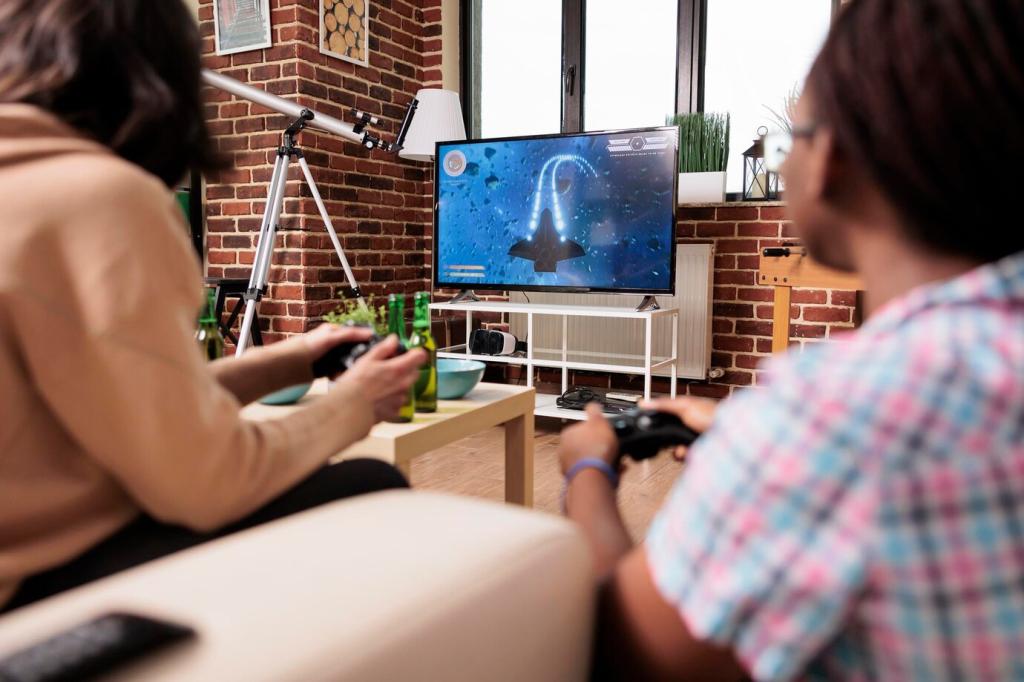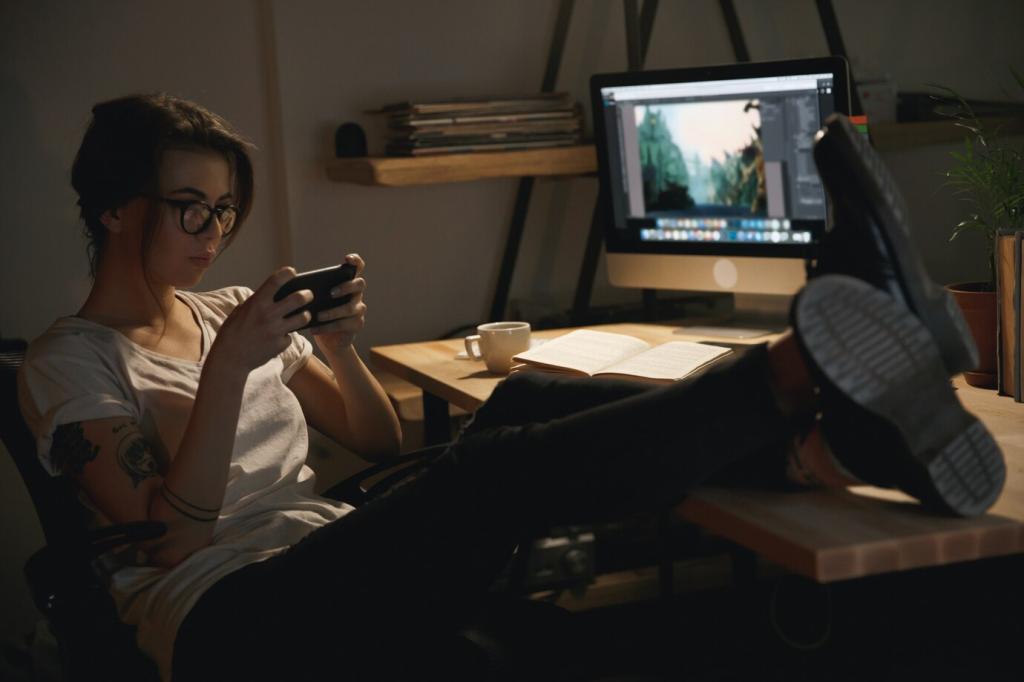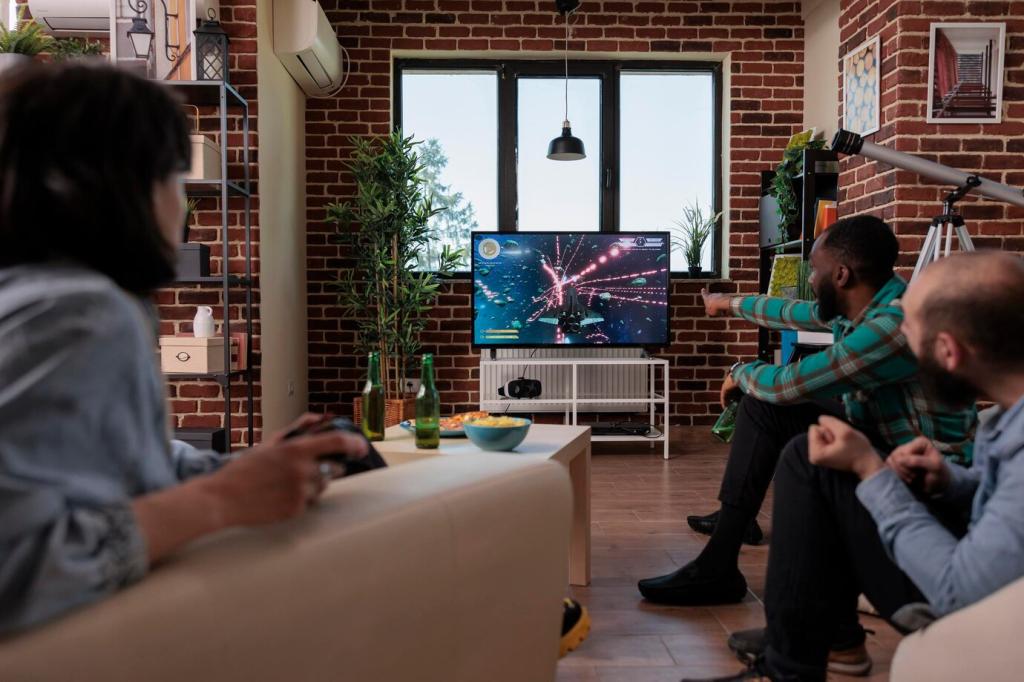What’s Next for Curation
Emerging models parse visuals, audio, and script to understand mood, pacing, and themes at the scene level. Imagine searching for “cozy rain-soaked mysteries” and getting precise matches. Skipping to vibes rather than episodes could redefine browsing—powerful, if paired with clear consent and respectful default settings.
What’s Next for Curation
Friends influence taste, but raw popularity can drown diversity. Expect privacy-preserving social cues: small circles, opt-in sharing, and ephemeral recommendations. Watch parties, collaborative lists, and micro-communities will guide discovery without creating pressure. Which social features would enhance your viewing without overwhelming your quiet nights?








